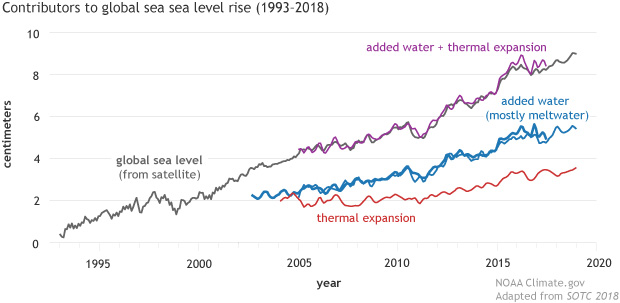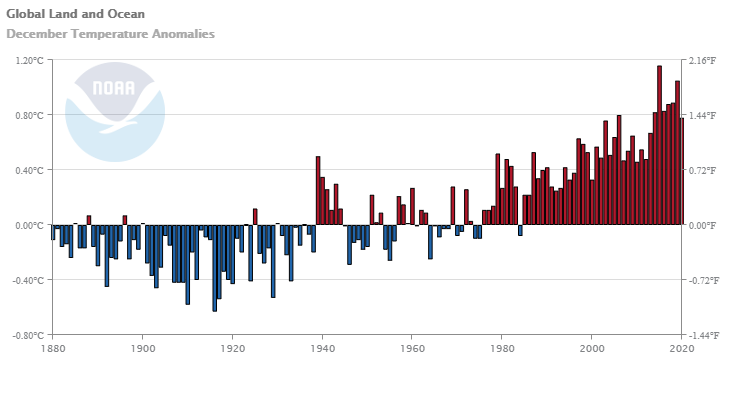 As we try to quantify the deaths by COVID-19 we need to measure it correctly. For example, deaths should be normalized to population size. Beyond that, we should really look at excessive mortality, that is mortality above what we might see without COVID-19. Some causes of deaths have decreased over the last year. Our World in Data does just this on their Excess mortality during the Coronavirus pandemic (COVID-19) page. Not only do they provide interactive graphs, such as the one copied here but also an explanation of the methodology.
As we try to quantify the deaths by COVID-19 we need to measure it correctly. For example, deaths should be normalized to population size. Beyond that, we should really look at excessive mortality, that is mortality above what we might see without COVID-19. Some causes of deaths have decreased over the last year. Our World in Data does just this on their Excess mortality during the Coronavirus pandemic (COVID-19) page. Not only do they provide interactive graphs, such as the one copied here but also an explanation of the methodology.
A measure that is more comparable across countries is the P-score, which calculates excess mortality as the percentage difference between the number of deaths in 2020–2021 and the average number of deaths in the same period — week or month — over the years 2015–2019.
While the P-score is a useful measure, it too has limitations. For example, the five-year average death count might be a relatively crude measure of expected deaths because it does not account for trends in mortality or population size. To learn about other measures of excess mortality and their strengths and limitations, see our article with John Muellbauer and Janine Aron.
Note that the graph has times were for, say Italy, deaths were twice what would normally be expected, but at other times actually negative. As always Our World in Data provides the data and other graphics.








